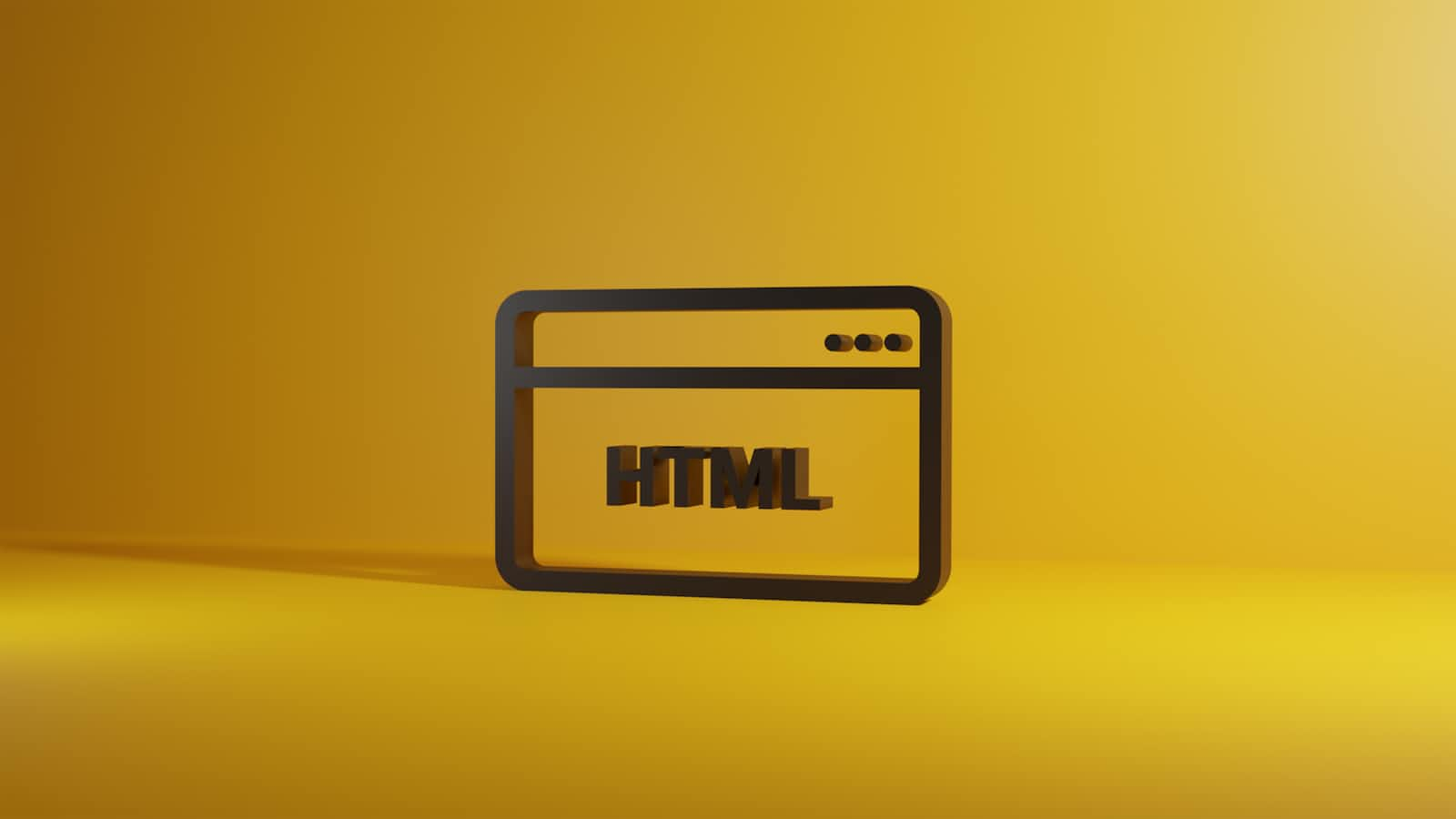basic of html
 Nikhil Bhandari
Nikhil Bhandari2 min read

HTML, which stands for Hypertext Markup Language, is the standard markup language used for creating web pages and web applications. It provides a structure for organizing content on the web and is composed of HTML elements and tags.
Here are the basic components and structure of an HTML document:
Document Type Declaration (DTD):
- The first line of an HTML document is the DTD declaration, which specifies the version of HTML being used. For example:
<!DOCTYPE html>
- The first line of an HTML document is the DTD declaration, which specifies the version of HTML being used. For example:
HTML Tag:
- The
<html>tag is the root element of an HTML document. It contains all other elements and tags in the document.
- The
Head Section:
- The
<head>section of the document is used to define meta-information about the document, such as the title, character encoding, linked stylesheets, and scripts. It does not contain visible content.
- The
Title:
- The
<title>tag is placed within the<head>section and specifies the title of the web page. The title is displayed in the browser's title bar or tab.
- The
Body Section:
- The
<body>tag contains the visible content of the web page, such as text, images, links, and other elements.
- The
Heading Tags:
- HTML provides six levels of headings,
<h1>to<h6>, where<h1>represents the highest level and<h6>represents the lowest level of heading.
- HTML provides six levels of headings,
Paragraphs:
- Paragraphs are represented using the
<p>tag. It is used to define blocks of text.
- Paragraphs are represented using the
Links:
- Links are created using the
<a>tag. Thehrefattribute specifies the destination URL or the target location within the same document.
- Links are created using the
Images:
- Images are inserted using the
<img>tag. Thesrcattribute specifies the path to the image file.
- Images are inserted using the
Lists:
- HTML supports both ordered (numbered) and unordered (bulleted) lists. Ordered lists are created using the
<ol>tag, while unordered lists are created using the<ul>tag. List items are represented with the<li>tag.
- HTML supports both ordered (numbered) and unordered (bulleted) lists. Ordered lists are created using the
0
Subscribe to my newsletter
Read articles from Nikhil Bhandari directly inside your inbox. Subscribe to the newsletter, and don't miss out.
Written by

Nikhil Bhandari
Nikhil Bhandari
degree is not important skills are good enough so build your skills not a degrees start your journey with me!!